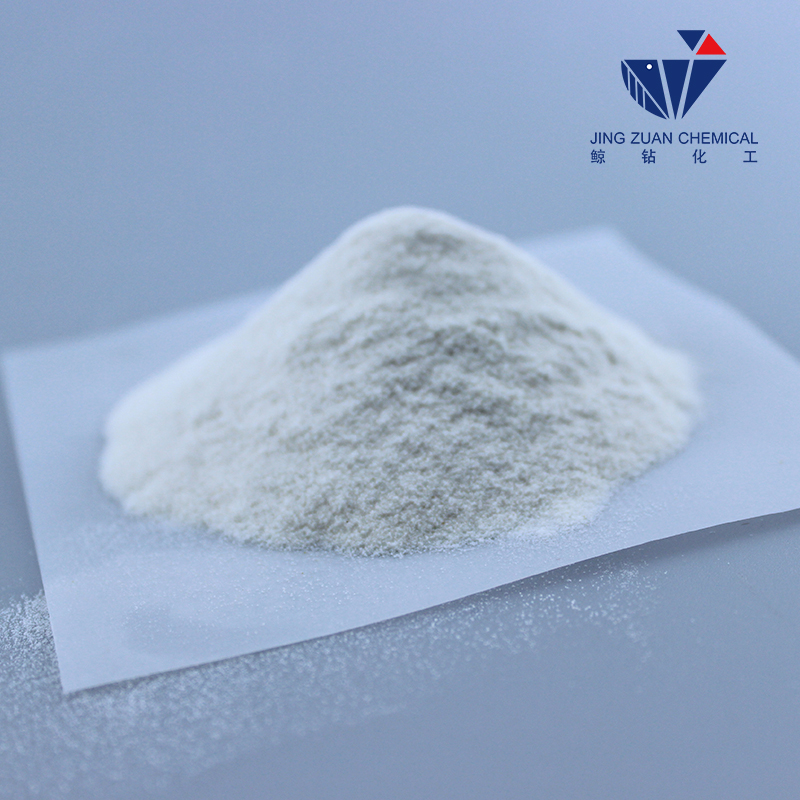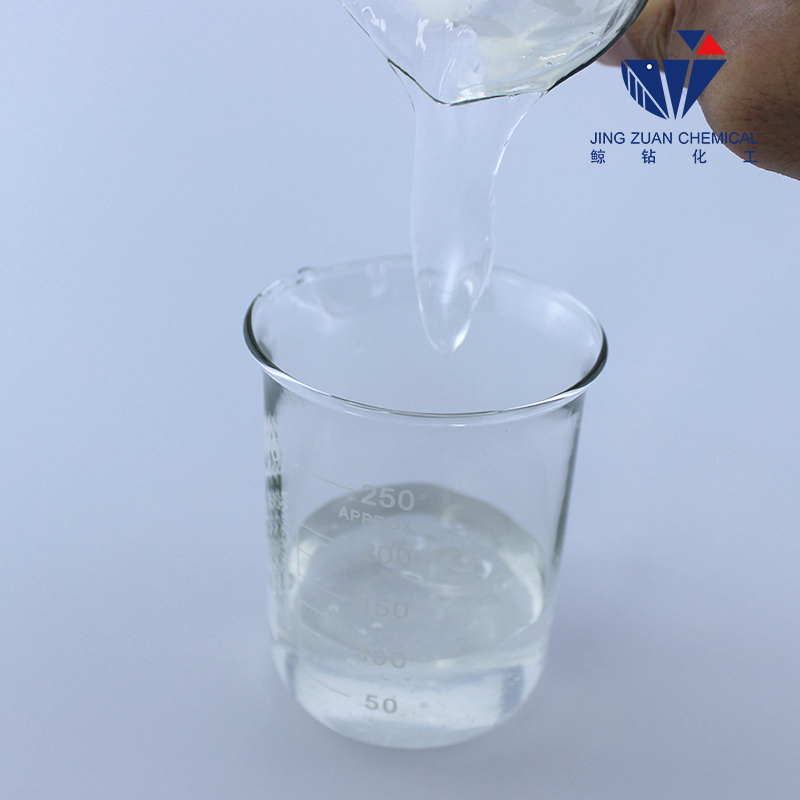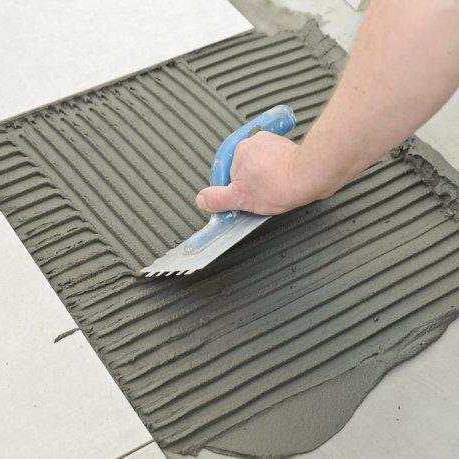
Nov . 17, 2025 17:25 Back to list
Cellulose Ether | High Purity, Fast Hydration, Stable Flow
HPMC: a practical look at Cellulose Ether for modern mixes
If you spend time around mortars, paints, or detergents, you already know the quiet power of rheology. And—to be honest—that’s where HPMC shines. It’s a Cellulose Ether that keeps water where you need it, stabilizes the paste, and buys you open time on site. I’ve seen contractors swear by it, and lab techs fuss over its viscosity curves with equal passion. Both are right.

Industry snapshot
Construction admixtures are leaning toward lower VOC, higher productivity additives. HPMC demand tracks tile adhesive and EIFS growth in Asia-Pacific, while Europe keeps pushing tighter consistency and standards compliance. Surprisingly, detergent makers are also asking for tighter particle-size control for faster wet-in. The common thread: reliable, reproducible performance from a proven Cellulose Ether.
What exactly is HPMC?
Cellulose Ether derivative of refined cotton pulp. Chemical name: Hydroxypropyl Methyl Cellulose (Hypromellose). Molecular formula: C36H70O19. Origin: NO.1 BUILDING, TECHNOLOGY CERTER, HIGH-TECH ZONE, SHIJIAZHUANG CITY, HEBEI PROVINCE, CHINA.
| Spec (HPMC) | Value / note |
|---|---|
| Viscosity, mPa·s | ≈400–200,000 (Brookfield, typical), real‑world use may vary |
| Moisture | ≤5% |
| Residue (ash) | ≤5% |
| Gel temperature | ≈62–70 °C |
| Typical pH (2% sol.) | around 6.0–8.5 |
| Appearance | White to off‑white powder, quick or delayed solubility grades |
| Shelf life | 24 months unopened, dry storage |
How it’s made (short version)
Cellulose Ether process: alkalization of purified cellulose, etherification with methyl chloride and propylene oxide, neutralization, washing, drying, milling, sieving. QA checkpoints: viscosity (Brookfield LV/RV at 20±0.5 °C), moisture (oven), ash (muffle), substitution level (titration/FTIR). Batches are screened to customer viscosity windows and flow profiles.

Where it’s used (and why)
- Tile adhesives and grouts: water retention, slip resistance, open time.
- EIFS/ETICS basecoats: sag control, improved trowelability.
- Self‑leveling underlayments: viscosity tuning without bleeding.
- Wall putty and gypsum: crack resistance via controlled drying.
- Paints and detergents: thickening, stabilization, anti‑settling.
- Ceramics and pharma (on request): tailored grades meeting relevant monographs.
Cellulose Ether performance snapshot (lab, indicative): ASTM C1506 water retention often ≥92% at 0.2–0.4% dosage; EN 12004 open time extension by ≈10–20 minutes versus control in C1 mixes; flow per ASTM C1437 held within ±5% after 20 minutes. Your sand/cement/latex will change the picture, obviously.
| Vendor | Viscosity stability | Customization | Lead time | Certs |
|---|---|---|---|---|
| CNJZ Chemical (HPMC, Shijiazhuang) | Tight (±8% typical) | Viscosity, particle size, surface treatment | ≈2–4 weeks | ISO 9001, REACH info available |
| Competitor A (global) | Very tight | Broad catalog; MOQ on specials | 3–6 weeks | ISO 9001/14001 |
| Competitor B (regional) | Medium | Limited | 1–3 weeks | Basic QC |

Customization options
- Viscosity grades from ≈400 to 200,000 mPa·s for different shear regimes.
- Surface‑treated (delayed hydration) vs. fast‑dissolving.
- Granulation for dust control; targeted particle size for faster wet‑in.
- Add‑on QC: sieve profile, solution clarity, bioburden checks for sensitive uses.
Field notes (quick cases)
Coastal tile adhesive plant: switching to a higher gel‑temp Cellulose Ether lifted open time by ~15 min in 85% RH, with fewer slip complaints. Another customer in gypsum putty reported smoother troweling and fewer edge cracks—small change in dosage, big boost in feel (their words, not mine).

Standards, testing, and service life
Routine tests align with ASTM C1506 (water retention), ASTM C1437 (flow), EN 12004 (tile adhesive performance), and ISO 9001 quality management. In-service durability depends on the host matrix, but a well‑formulated Cellulose Ether mortar shows stable workability for the full pot life and contributes to crack‑free curing—arguably the real “service life” benefit.
Citations: [1] ASTM C1506 – Water Retention of Hydraulic Cement-Based Mortars and Plasters. [2] ASTM C1437 – Flow of Hydraulic Cement Mortar. [3] EN 12004 – Adhesives for tiles. [4] ISO 9001 – Quality management systems. [5] USP–NF Monograph: Hypromellose (HPMC).
-
Cellulose Ether | High Purity, Fast Hydration, Stable Flow
NewsNov.17,2025
-
Cellosize HEC Thickener – High Purity, Fast-Dissolving
NewsNov.17,2025
-
Cellulose Ether: High-Purity Liquid Thickener, HEC Cellulose
NewsNov.17,2025
-
VAE Powder (RDP): High Adhesion & Flexibility for Mortars
NewsNov.17,2025
-
Cellulose Ether: High Purity, Fast-Dissolving, Stable Flow
NewsNov.17,2025
-
Cellosize HEC Thickener – High Purity, Fast-Dissolving
NewsNov.11,2025







